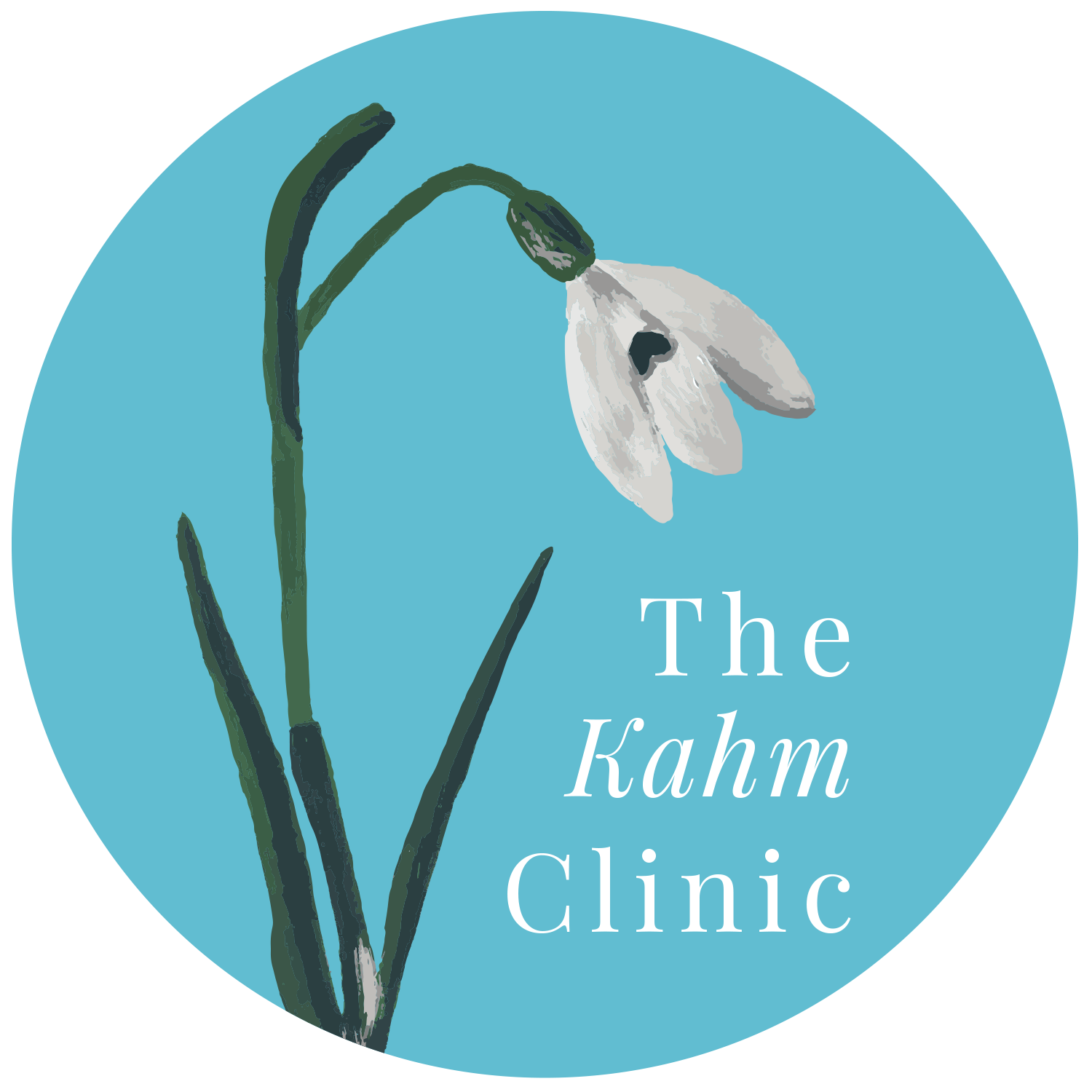How To Improve Your Metabolism
Metabolism is the process that converts what you eat and drink into energy, allowing the body to function as it should. While an individual’s metabolism is determined by a number of factors, including body size and composition, sex, and age, it can be negatively impacted by the number of calories consumed on a regular basis.
At The Kahm Clinic, we start our treatment by using Metabolic Testing, a non-invasive procedure during which a patient sits in a reclining chair under a lightweight canopy hood for about 20 minutes. With these results, we can compare the Actual Resting Energy Expenditure (AREE) to the Predicted Resting Energy Expenditure (PREE) and determine if an individual’s body is burning the correct amount of calories (a normal metabolism), fewer calories than it should (hypometabolic), or more calories than it should (hypermetabolic). The findings also reveal if the body is using its own protein sources and lean mass, such as muscles, brain, and organ tissue, as fuel (catabolic).
Case Study of An Improved Metabolism
In a recent video on our YouTube channel, Elaina Efird, RDN, CD, CEDRD, CSSD, discusses a case study involving a healed metabolism. At the start of treatment, the female patient was 23 years old, 5 feet, 5 inches tall, and 140 pounds. She was an athlete during college and noticed herself gaining some weight after graduation. It’s important to note that it’s very normal for women to gain weight in their twenties; they often try to combat the weight gain through dieting, which can make things more challenging later in life.
In an effort to get back to her goal weight, this patient restricted her calorie intake to 1,100 to 1,300 calories per day and exercised 6 to 7 days per week for 1 to 2 hours each time. Based on our Metabolic Testing results, her metabolic rate was only 745 calories per day — much lower than what it should be for someone her age, height, and weight (1,466 calories per day). Additionally, her protein metabolism was 19.2 percent above normal, meaning her body was breaking down more than double the amount of protein (muscle, connective tissue, and other lean mass) that it should.
To improve her metabolism, we increased her intake from 1,100 calories per day to 2,100 calories, eventually settling on 2,600 calories per day after a few months of treatment. Six months later, we completed Metabolic Testing again. We saw that her metabolic rate had increased to 1,989 calories per day (even better than normal!) and that her protein metabolism was now within a normal range.
Interestingly, this patient’s weight mostly stayed the same. It went up in the beginning when we first increased her daily caloric intake, and then it naturally came back down. Despite her weight staying the same, we saw a great increase in her muscle mass and a decrease in her fat mass. Ultimately, with our help, this patient’s relationship with food changed for the better, as did her metabolic rate and body composition.
How The Kahm Clinic Can Help
By measuring health from the inside, we can get right to the problem. As with the case study above, as soon as we complete the Metabolic Testing and adjust the daily caloric intake for a patient, their metabolism begins to improve. For a malnourished individual, the length of time for improvements to occur depends on how much repair the body needs and how well treatment recommendations are followed. With total compliance, we’ve seen metabolic rates corrected in six to eight weeks.
Many people believe that exercise will improve their metabolism, but that’s not the case. It may actually slow down metabolism if someone’s body isn’t receiving the nourishment it needs. In this case, the body tries to conserve energy stores rather than expend them. Our team advises our patients on both their caloric intake and exercise expenditure as they work to improve their metabolism.
To talk to a professional about how to improve your metabolism, please reach out to our staff or schedule an appointment at The Kahm Clinic.
Be sure to subscribe to our YouTube channel for access to our video content!

